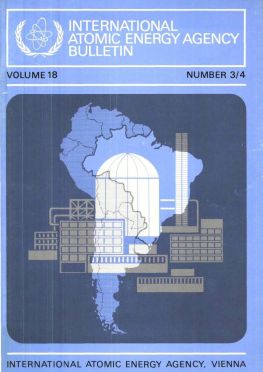Egypt has one of the oldest histories of irrigation, however, until comparatively recent years the principal method of irrigation relied on the annual flooding of the fields by the Nile River. The water was retained on the land in basins, saturating the soil and providing enough moisture to grow an annual crop. The construction of the first Aswan Dam and various barrages on the river permitted an extension of the irrigated areas within the river flood plain, and made the irrigation of two crops in the year in the greater part of the flood plain possible. But river conditions were in general little changed: a high level and flooding some of the land in mid-summer, and a low level for the rest of the year. This permitted a replenishment of humus, silts and essential elements, and a continuous draining of the soils between floods. A reasonable state of equilibrium was established with a high level of fertility. More recently with the construction of the Aswan High Dam and the large storage of flood waters which could be released under control throughout the year, the possibility arose to provide continuous irrigation for two principal crop seasons, not only for the old irrigated areas of the Nile flood plain, but also for new land above the level of the flood plain. The subsequent overuse of irrigation in the absence of drainage caused a rise in the ground water-level, and has led to water logging of the soil and to salinity problems. In response to the problem, the Government of Egypt has launched a 10-year tile-drainage programme. Water-use efficiency studies are also being carried out by the Soil and Water Institute of the Ministry of Agriculture, by universities and by other institutes in co-operation with the Food and Agriculture Organization (FAO), which is managing three projects funded by the United Nations Development Programme. Technical assistance is being provided by the IAEA on the use of neutron moisture meters, which will facilitate soil moisture measurements on a large scale - studies essential for more rational use of the limited water resources.


